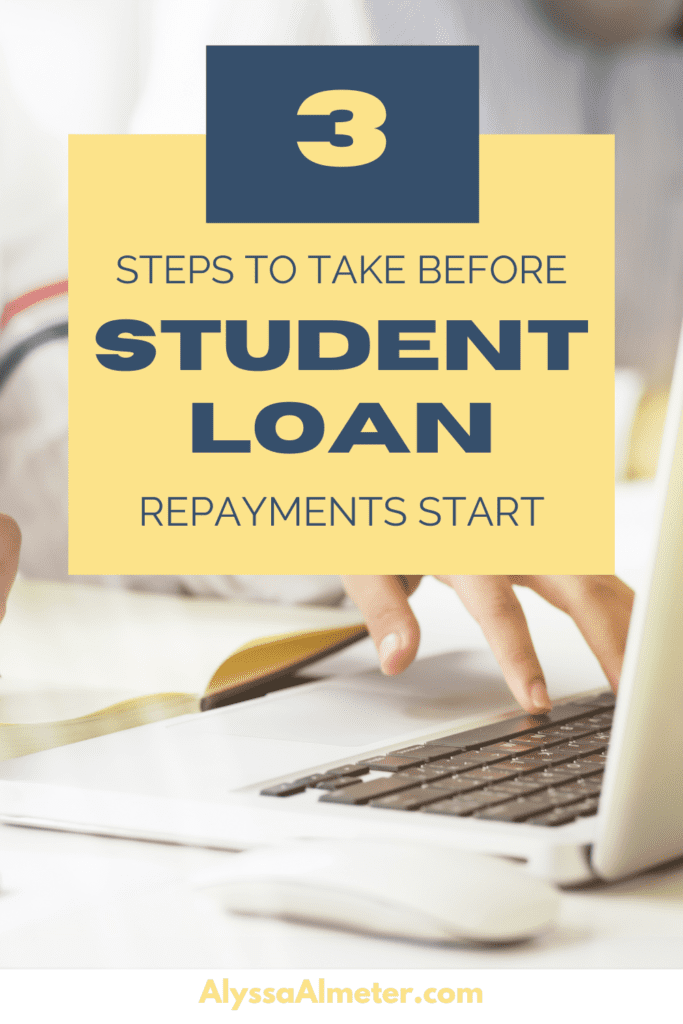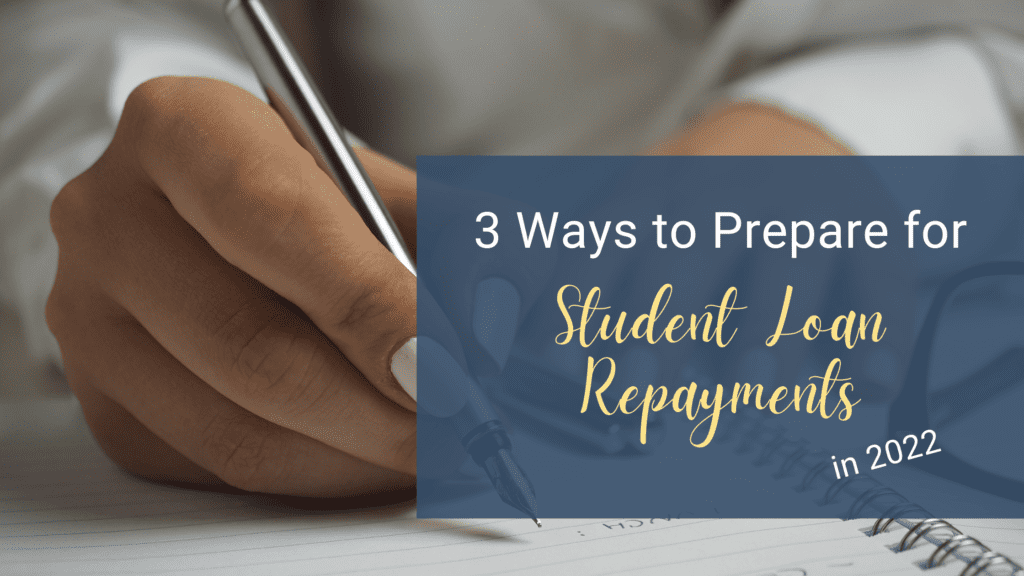Sharing is caring!
UPDATE - March 2023: The student loan debt relief program is currently paused while the courts debate it. They are not currently accepting applications for forgiveness. The student loan payment pause continues until they resolve the debt relief plan in court, then payments will resume 60 days after. If they do not come to a decision by June 30, 2023, payments will resume 60 days after that date. No matter what the dates are, this post will still help you prepare for repayments.
It’s been over 2 years since the government put a payment pause on all federally funded student loan repayments under the CARES Act. In April 2022, the Department of Education made another extension on the student loan repayment pause, making student loans repayments to begin again for millions of borrowers after August 31, 2022.
What will happen after August 31st?
Right now we can’t say for sure if there will be another extension or if payments will resume after August 31st. The White House hasn’t come out and directly given any answers.
According to a recent Forbes article, there are many factors at play when considering another extension or not. People are still struggling financially and inflation hasn’t helped. The Forbes article also mentioned that he coalition of 180 advocacy wrote to President Biden saying, “We strongly urge your administration not to collect any money from people with student loan debt as a tactic to fight inflation.”
I don’t think stopping student loan repayments will actually “fight inflation.” It will help people have more margin in their budget but it’s going going to combat inflation. But that’s a whole other topic for another day.
What should student loan borrowers do?
Whether student loan repayments start or not, as a borrower it is your responsibility to be ready in case they do. Here are 3 ways to prepare for student loan repayments.
1. Update Your Personal Information
Log into your lender’s website and double check that your name, contact information and bank numbers are correct.
2. Check Your Payment Information
While you are checking your contact information, also check the following information about your payments:
- Current balance
- Minimum monthly payment – depending on the type of repayment plan you were on before this may be different. The lender may recalculate your monthly payment.
- Current interest rates
- Payment date
If you would like to have your payments automatically withdrawn from your checking account then check if you are enrolled in auto-payments. If you had this set up before it may not necessarily be currently enrolled since the forbearance period. This is one of the easiest ways to make sure your payments aren’t late – set it and forget it!
3. Put it in the Budget!
You know the old saying, “out of sight, out of mind”? Have you done this with your money that was once going towards student loan repayments? Maybe you have been spending it elsewhere. If so, you are not alone.
Having a written monthly budget is the first step to having the peace of mind over covering your bills…and still feed your family! If you’re not sure how to start, then check out my free mini course, Give Yourself a Raise: How to Find an Extra $200 Each Month.

Sharing is caring!

